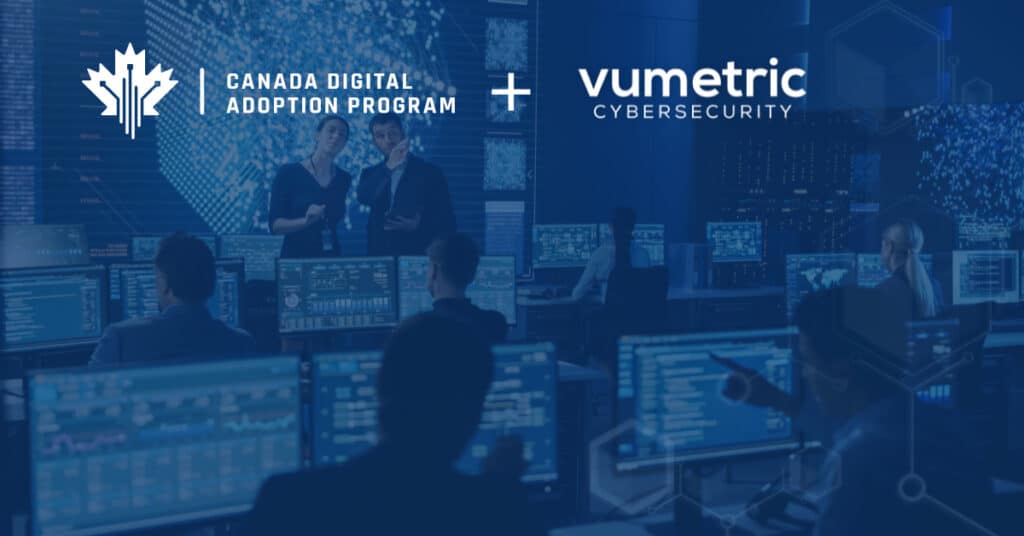In today’s digital landscape, cybersecurity is a critical concern for organizations of all sizes. With a limited budget and an ever-evolving threat landscape, it can be challenging for IT directors, senior executives, and system administrators to allocate resources effectively. In this article, we will discuss seven steps to help you prioritize your cybersecurity resources and safeguard your organization from cyber threats.
1. Assess Your Organization’s Risk Profile
To allocate resources effectively, you must first understand your organization’s risk profile. This involves identifying potential threats, vulnerabilities, and the potential impact on your business. Conduct a comprehensive risk assessment by:
- Evaluating the current state of your security infrastructure
- Identifying potential threat actors and attack vectors
- Assessing the potential impact of a security breach on your organization’s reputation, finances, and operations
Understanding your risk profile enables you to focus your efforts and resources on areas of greatest concern. Contact our experts to discuss your organization’s risk assessment needs.
2. Develop a Cybersecurity Strategy
Once you have a clear understanding of your organization’s risk profile, develop a comprehensive cybersecurity strategy. This should include:
- Setting clear objectives for your cybersecurity program
- Defining roles and responsibilities for security teams and stakeholders
- Establishing a framework for continuous monitoring, reporting, and improvement
Your strategy should be tailored to your organization’s specific needs and should be flexible enough to adapt to changes in the threat landscape.
3. Prioritize Critical Assets and Data
Not all assets and data are created equal. To allocate resources effectively, you need to prioritize the protection of critical assets and sensitive data. Identify the most valuable and vulnerable assets, such as:
- Customer data and personally identifiable information (PII)
- Intellectual property and trade secrets
- Financial and operational data
- Key infrastructure components and systems
Once you have identified your critical assets and data, allocate resources to ensure their protection and maintain business continuity.
4. Implement a Layered Security Approach
No single security measure can protect your organization from all cyber threats. Implement a layered security approach to ensure comprehensive protection. This includes:
- Perimeter security measures, such as firewalls and intrusion detection systems
- Endpoint protection, including antivirus and antimalware software
- Encryption of sensitive data, both at rest and in transit
- Security awareness training for employees
- Regular security testing and vulnerability assessments
A layered security approach ensures that even if one layer is compromised, other layers can still provide protection.
Penetration Testing Buyer's Guide
Everything You Need to Know

5. Invest in Security Training and Education
Human error is a leading cause of security breaches. Investing in security training and education for your employees is essential to reducing this risk. Provide regular training on topics such as:
-
- Phishing and social engineering attacks
- Password management and multi-factor authentication
- Safe browsing and email practices
- Reporting and responding to security incidents
By educating your workforce, you can create a culture of security awareness that helps protect your organization from threats.
6. Monitor, Measure, and Improve
Effective cybersecurity requires ongoing monitoring, measurement, and improvement. Implement continuous monitoring processes to detect potential security incidents and respond quickly. Key performance indicators (KPIs) can help you measure the effectiveness of your security program and identify areas for improvement. Examples of KPIs include:
- Number of detected security incidents
- Average time to detect and respond to incidents
- Employee training and awareness metrics
- Vulnerability patching and remediation times
Regularly review and analyze these metrics to refine your cybersecurity strategy and allocate resources where they are most needed.
7. Leverage External Expertise
Keeping up with the rapidly evolving threat landscape can be challenging. Leverage external expertise to supplement your internal security capabilities. This may include:
- Engaging a managed security services provider (MSSP) for 24/7 monitoring and incident response
- Conducting regular penetration testing to identify and remediate vulnerabilities
- Consulting with cybersecurity experts for guidance on best practices and emerging threats
External expertise can provide valuable insights and specialized knowledge to help your organization stay ahead of cyber threats.
Conclusion
Prioritizing your cybersecurity resources is critical to safeguarding your organization’s assets, data, and reputation. By assessing your risk profile, developing a cybersecurity strategy, prioritizing critical assets, implementing a layered security approach, investing in employee training, monitoring and measuring performance, and leveraging external expertise, you can create a robust cybersecurity posture that protects your organization from threats. Contact our experts to discuss your cybersecurity needs and learn how we can help you prioritize your resources effectively.



